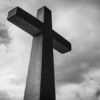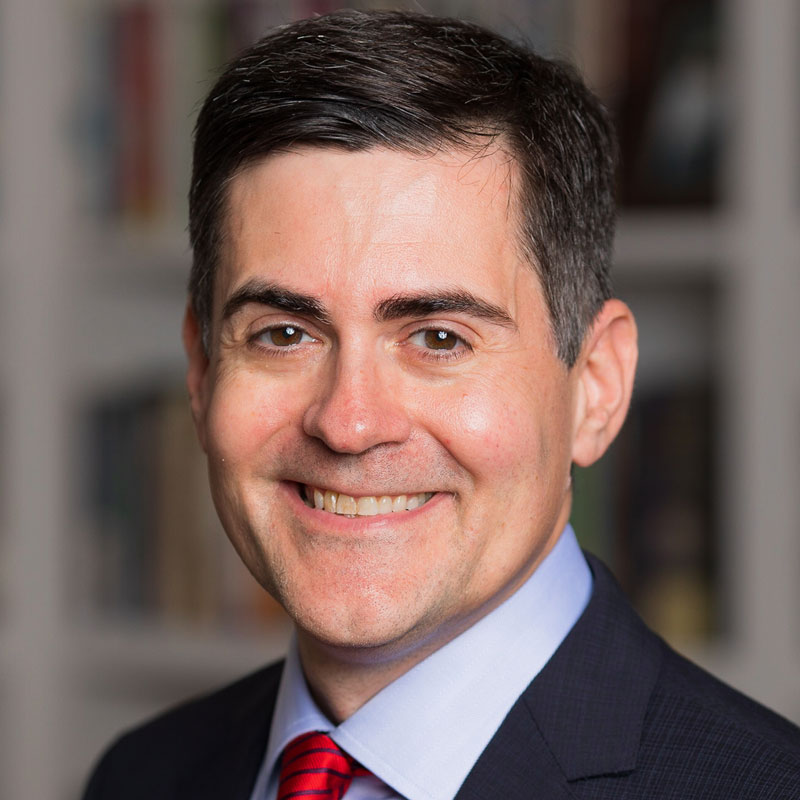First Baptist Church of Gulfport, Mississippi, is still the first thing I think of when I hear the words “big church.” First Church was no mega-church, certainly not compared to the massive multiplexes of today’s evangelical world. But compared to my small rural congregation, nearby Woolmarket Baptist Church, it was massive. And now it’s gone, kind of.
With the building blown away by Hurricane Katrina last August, the congregation recently voted to move, to start over, just north of downtown.
The reason First Baptist Church so impressed me as a child was because my grandfather belonged there. Occasionally my mother and brothers and I would meet him there on a Sunday. We always knew where we’d find him. He’d be in the foyer preparing for his job of taking up the offering during the offertory. I would sit in awe of this huge church. At the time, the ceiling seemed so high, the stained glass bathing everything in blue, I was sure this must be what the Vatican was like, except Baptist like us. “Mom,” I would whisper. “This is a big church.”
When I was in college, I spent most of my time as a campaign press spokesman and congressional assistant for our United States Congressman Gene Taylor, whose campaign and district offices were located in Gulfport, just down the street from First Baptist. I’d walk down to the church sometimes (it was almost always open) and pray, struggling with a call to ministry. I didn’t know that this call to ministry would lead me one day to stand in front of a casket containing my grandfather, as I preached his funeral there in that big church.
The horror of Hurricane Katrina hit me again when I pulled out of my mailbox the Christian Century magazine, with on its cover a picture of the hole that Katrina left behind at First Gulfport. When I went home for the first time since the storm, I was sickened to see that once stately-red brick building that overlooked the Gulfport Harbor looking like a Mississippi version of Ground Zero. The strewn brick and rotting pews lay there in the coastal sun like an exposed corpse.
I looked at the rubble and thought about how this big church is not just part of my story, but every Southern Baptist’s story. Some titanic figures were associated with that church, including the Southern Baptist statesmen Joe T. Odle and Landrum Leavell a generation ago. I can’t even imagine how many mission churches First Gulfport has planted over its history, or how much money it sent to the Cooperative Program for the training of ministers all over our Convention, for the sending of a missionary force all over the world.
I guess that’s why, even as I’m sad for First Gulfport, I was happy to see the news that they’re planning to rebuild. True, there’s not enough usable land downtown for them to reconstruct there, but they’re sending a signal to the Coast–inviting all of them this past Sunday to one last service amidst the wreckage as they pledge to get up, rebuild, and move on.
When a church decides to move, usually it is the result of years of planning and praying, of looking at growth demographics and surveying members. There’s usually a transition strategy and a committee to sell the old building and to buy the new land. Occasionally–very occasionally–a church, however, doesn’t have time for things like that. Sometimes a church is just blown away.
First Gulfport will recover. It will be a fixture on the skyline of coastal Mississippi again. People will get saved there, baptized there, called to ministry there, married there, and buried there. But there will be a difference.
Part of what it means to be Baptist is a recovery of baptism. We are an immersed people, who know that our baptism proclaims that, in Christ, we are drowned beneath the wrath of God, buried with Christ, and raised with him. First Gulfport has seen not just the baptism of its members, but, in a sense, the “baptism” of the church, beneath the waters of a violent sea. They’ll probably never hear the parable of the house built on the rock the same way again. And they probably will find something all the more precious about Jesus’ promise that the gates of hell will not prevail against his church.
No one will see that spire across from the harbor anymore. And First Baptist Gulfport doesn’t look all that big, or all that established, anymore. But, maybe, if they’re paying attention, the people of the Coast will see something of what it means to see the church as God does: a flock of sheep scattered, and gathered again by a mighty warrior Shepherd. Maybe in its weakness, First Gulfport can demonstrate something more powerfully than it could in its stability, a vision of a militant assembly of the crucified One, “awesome as an army with banners” (Song of Songs 6:10 ESV).
I couldn’t go to the last service at the old First Baptist Gulfport, and it’s kind of sad. I can only watch from here up north as a congregation says to a community of their lost neighbors: the church is more than a pile of bricks, and the mission of Christ is mightier than a category-4 hurricane.
And, all I can think is, “What a big church.”






